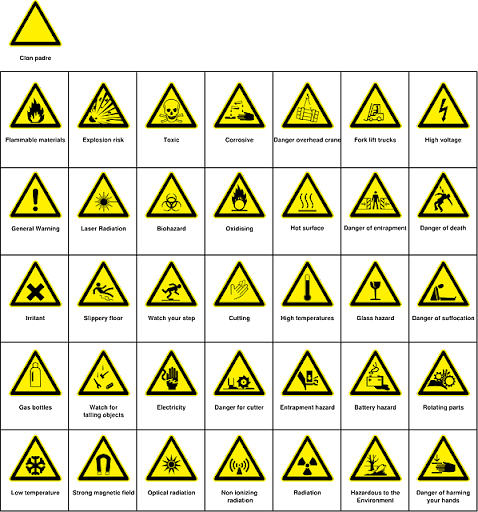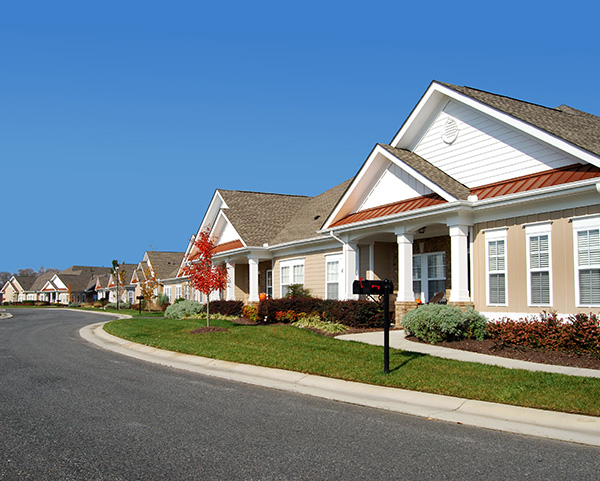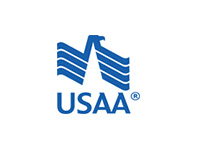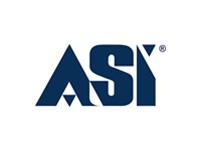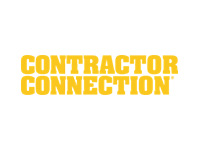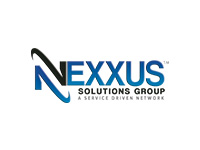There is only one way to prevent risks and hazards from negatively impacting your workplace or home, and that is by properly educating yourself on the potential risks ahead of time. That way, you can identify and eliminate the potential dangers before they occur or become problematic.
In most homes and businesses, unidentified risks and hazards cause injuries, illnesses, and incidents.
A hazard is an unsafe condition that can negatively impact equipment, property, or people. These can be simple, such as tripping hazards due to obstructed pathways, or escalate to more significant risks, such as fire hazards due to dust or flammable liquids.
Here, we talk about the steps for identifying potential hazards in the workplace, including the goal and steps involved in the assessment process. Keep reading to learn how to protect yourself and others safe from risks and hazards.
Hazard Identification: A Step-by-Step Process
Identifying risks and hazards is a multifaceted process that involves first understanding the categories of hazards and the goal of the assessment, then conducting the many steps involved in risk assessment.
Types of Hazards
Categories and examples include:
- Biological: Bacteria, viruses, insects, plants, animals, humans, birds, etc.
- Chemical: Gases, dust, fumes, liquids, and vapors.
- Ergonomic: Improper set up of workstation, repetitive movements, manual handling, etc.
- Physical: Electrical, fire, radiation, magnetic fields, temperature extremes, pressure extremes (high pressure or vacuum), excessive noise, obstructive objects, etc.
- Psychosocial: Stress, anxiety, violence, etc.
- Safety: Slipping/tripping hazards, unguarded machines, equipment malfunctions or breakdowns, extreme temperatures, lack of ventilation, etc.
The Goal
The goal of risk identification and assessment is to find and record possible risks that may be present and take preventative measures to stop those potential threats from surfacing.
It may prove helpful to empower yourself and your team with the knowledge of identifying hazards so that you can all work together to conduct regular daily inspections. It takes the effort of all members of the team to prevent hazardous situations and events from occurring.
When to Conduct Hazard Identification
Identification is critical:
- During design and implementation
- Before completing tasks, i.e., checking equipment and reviewing surroundings
- While task completion is underway by being aware of surroundings or potential changes
- During inspections
- After incidents, whether they be minor or major events, or after any injuries
Hazards exist in every workplace, and the amount of time, care, and attention you give to identifying and regulating potential risks will directly impact overall safety.
Follow these five steps to minimize the probability of an incident occurring.
Step 1: Recognize and Understand Potential Hazards
The process starts with determining what hazards may exist and which ones are present within your business.
Understanding the hazards listed above and identifying which are most likely to be prevalent in your environment is crucial to mitigating damage.
Relevant potential hazards to your company may include equipment and materials you or others come in contact with, including electricity, water, rain, and chemicals. It also includes materials or equipment that could hurt someone or that they could fall from, such as (but not limited to) protruding or sharp-edged objects, ladders, roofs, trees, cliffs, or moving, falling, or flying objects. It is also vital to note falling or tripping hazards and how staff may overexert themselves and inadvertently cause damage.
Hazard identifications should happen routinely. Awareness of all the situations one may encounter while at your facility is crucial to preventing accidents.
Step 2: Assess Severity and Possible Consequences
While you should work to reduce all hazardous situations, assessing the level of risk associated with potential issues is essential to prioritizing safety threats.
Determine which potential situations could have the worst outcomes on the largest scale and tend to these first. To determine which hazards will need more extensive control measures, consider how hazards could cause harm or ill-health and recognize the likelihood of these events occurring.
After identifying and prioritizing these, work to alleviate smaller scale risks. It is worth noting that even minute dangers can pose potentially serious threats to safety.
Step 3: Focus on Control
For each hazard, identify the variables surrounding the accidents that you can control to eliminate these dangers. Hazards with lighter consequences may only have one controllable variable, but you must identify as many governable factors as possible for the larger-scale risks.
Utilizing a combination of strategies to eradicate problems surrounding the controllable factors is the most effective way to curb the dangers associated with each risky aspect of the environment.
Step 4: Document
It is imperative that you document all hazards.
Documentation should include all information surrounding the risks, including what they are and what controls you have put in place for employee and public protection.
Once completed, distribute these documents and have employees sign them to display their acknowledgment.
Step 5: Follow Up
Continued speculation of potential hazards is vital. You’ll need to revisit a risk assessment any time that a condition changes. Changes in conditions could include temperature or weather changes or any other adjustments to workplace conditions.
With each change, new discussions and assessments of potential risks must occur so that you can implement controls and ensure continued safety.
Risk Assessment Guidelines
Before beginning work, all staff members must evaluate the workspace, the equipment, and assigned duties for potential hazards. Risk assessment tools are available for those in need of more guidance.
Basic guidelines to ensure safety include upholding good housekeeping standards for yourself, your staff, and your establishment. It includes keeping areas clear of unnecessary obstructions, inspecting all tools and equipment before and after each use, and utilizing and maintaining personal protective equipment. Ensure that you and your staff follow all established procedures and don’t take any shortcuts. Reporting hazards and incidents should happen as soon as possible.
As stated, assessments should occur regularly and whenever changes occur. At a minimum, they should occur every few months or once per year, in addition to whenever changes or new activities occur.
Conclusion
Identifying potential risks and hazards is a complex and ongoing process. You must revisit and re-evaluate these strategies to ensure the satisfaction of all necessary safety measures. For the times when you need assistance due to unprecedented damage, call IDC Fire & Water Restoration for all of your professional repair needs for your home or business.

